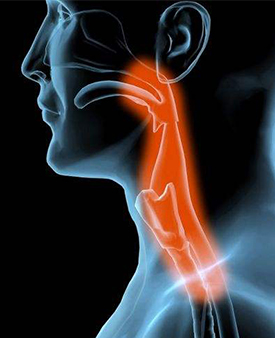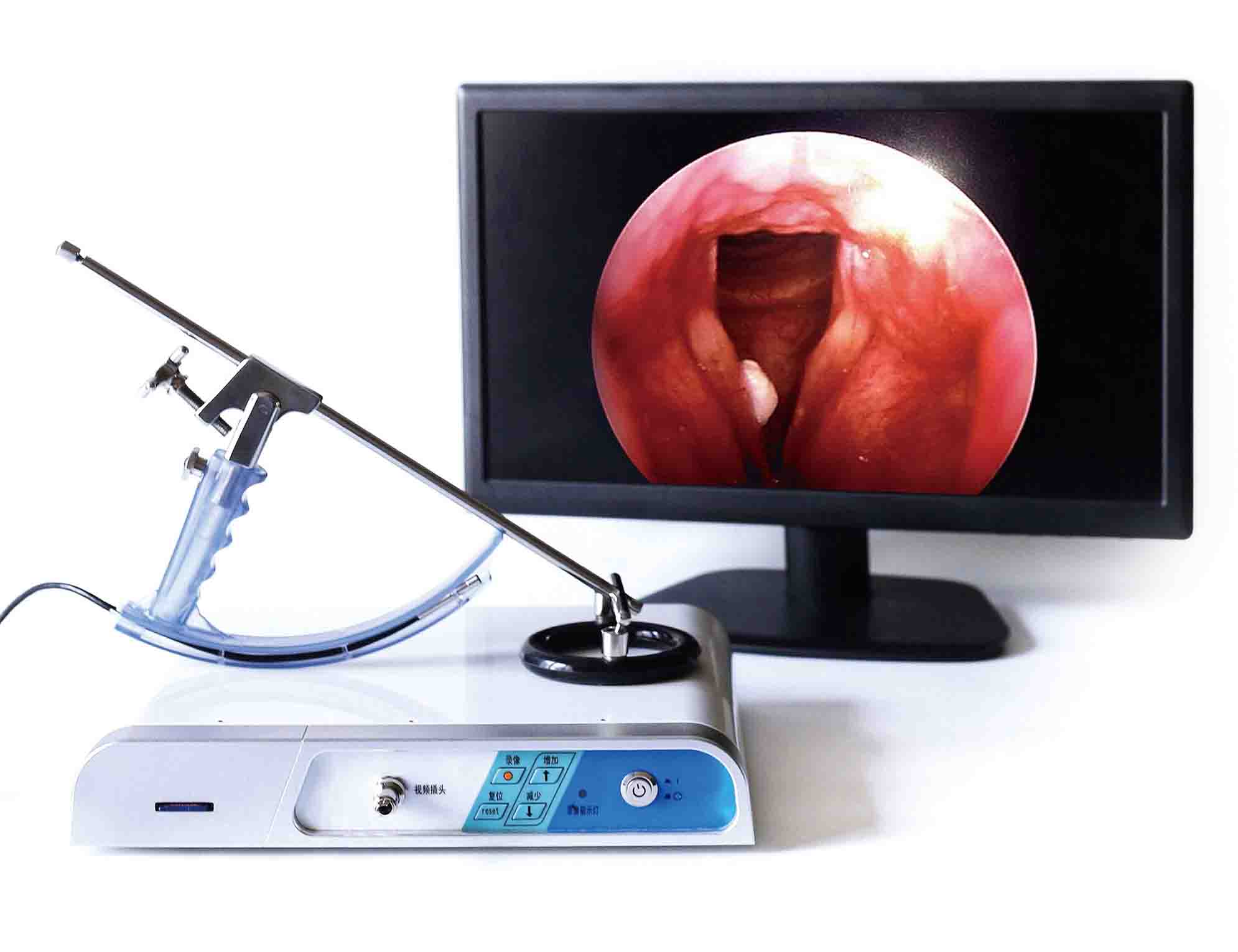Laryngeal Surgery

The deep position of the larynx and the complex physiological structure make the impossibility to directly observe the larynx. Some special inspection methods should be used in laryngeal examination, such as indirect laryngoscope, direct laryngoscope, fiber laryngoscope, electronic laryngoscope, stroboscopic laryngoscope, ultra-high-speed cine photography, sonogram or glottis diagram. Laryngoscope is the most commonly used method of laryngeal examination.
Laryngoscopy is endoscopy of the larynx, a part of the throat. It is a medical procedure that is used to obtain a view. Laryngoscopy may be performed to facilitate tracheal intubation during general anaesthesia or cardiopulmonary resuscitation or for surgical procedures on the larynx or other parts of the upper tracheobronchial tree.
Britecurve Video Self-retaining Laryngoscope Advantages:
1. The Britecurve Sheaths/Blades can be compatible with major brands of fiber laryngoscopes.
2. The BriteCurve laryngoscope is more in line with the normal curvature of the human oropharynx and has showed significant reduction of the tongue root, smaller vagus nerve stimulation, which does not affect the heart rhythm.
3. The Britecurve laryngoscope is easy to insert, shortens the operation time, easy to expose the glottis, reduce the occurrence of complications such as rupture of the zygomatic arch, numbness of the tongue, nerve damage of the tongue, and tooth damage.
4. The BriteCurve laryngoscope can replace the traditional straight tube laryngoscope it has a video function, good clarity, low cost of use and can meet a number of common diseases, frequently-occurring surgical requirements.
Applications:
1. Laryngectomy (vocal polyp, papilloma)
2. Laryngeal cancer and vocal cord resection
3. Laryngeal cartilage resection
4. Epithelial mass resection (benign, malignant)
5. Hypo pharyngeal, laryngeal biopsy
6. Ankle joint reduction
7. Vocal cord adhesion lysis
8. Throat foreign body removal
9. Laryngeal lesion laser resection
10. Laryngeal dilatation and angioplast
11. Difficult endotracheal intubation






